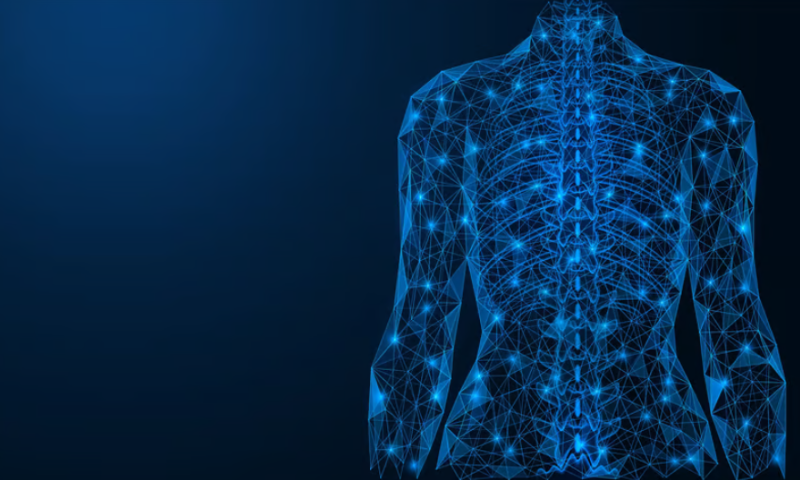Spinal cord stimulation has been available as a chronic pain treatment for decades, but even now, Medtronic—which was the first to make the implants commercially available in the late 1960s—is still improving on the technology.
New data presented at the annual meeting of the North American Neuromodulation Society in Las Vegas this week suggest that the company’s work is paying off.
The data comprised results from a pair of studies tracking the results of two of Medtronic’s newest approaches to spinal cord stimulation: its Inceptiv closed-loop system, which is designed to automatically adjust its output based on changes in a patient’s position and has so far gained regulatory approvals in Europe and Japan; and its differential target multiplexed (DTM) algorithm, which is used with the company’s stimulators to modulate their electrical pulses to target both neurons and glial cells, whose interactions can create pain signals.
The first set of study results detailed the one- and three-month outcomes from a trial of the closed-loop system on individuals with back or leg pain in Australia. The Inceptiv technology is meant to cut down on the discomfort that can occur when a patient bends, stretches, coughs or sneezes, shifting a stimulator’s implanted leads from their designated spots near the spinal nerves and, often, upping the sensation of the device’s electrical pulses.
The study met its primary and secondary goals, according to Medtronic: After one month of use, nearly 90% of participants reported a “significant reduction” in those sensations of overstimulation, while 86% said they preferred the closed-loop system over a standard open-loop mechanism. Meanwhile, after three months, 86% of the patients saw their overall back and leg pain slashed by at least 50%.
At the three-month mark, all of the closed-loop users reported satisfaction with the system, and more than 80% were able to reach their daily activity goals “without fear of pain or therapy side effects,” per Medtronic.
“These early promising results suggest that closed-loop SCS may offer real benefits over fixed-output stimulation,” the study’s lead investigator, Marc Russo, director of Hunter Pain Specialists in Newcastle, Australia, said in the company’s release. “Could closed-loop SCS eventually become the standard of care? More data is needed, but what we are seeing thus far is encouraging.”
On the DTM front, the second trial examined two-year outcomes among people with chronic back pain who have been deemed ineligible for spine surgery, a group that “has few available treatment options,” according to Jan Willem Kallewaard, that study’s lead investigator and an anesthesiologist at the Rijnstate hospital in the Netherlands.
According to the results, by the two-year mark, more than 88% of patients had responded to the differentiated stimulation treatment—meaning they reported improvements of at least 50% in pain levels—versus just over 5% of those receiving conventional medical management to treat their back pain. In total, the DTM users reported an average low back pain reduction of 77% after two years, and 95% said they were either “satisfied” or “very satisfied” with the treatment during that time.

